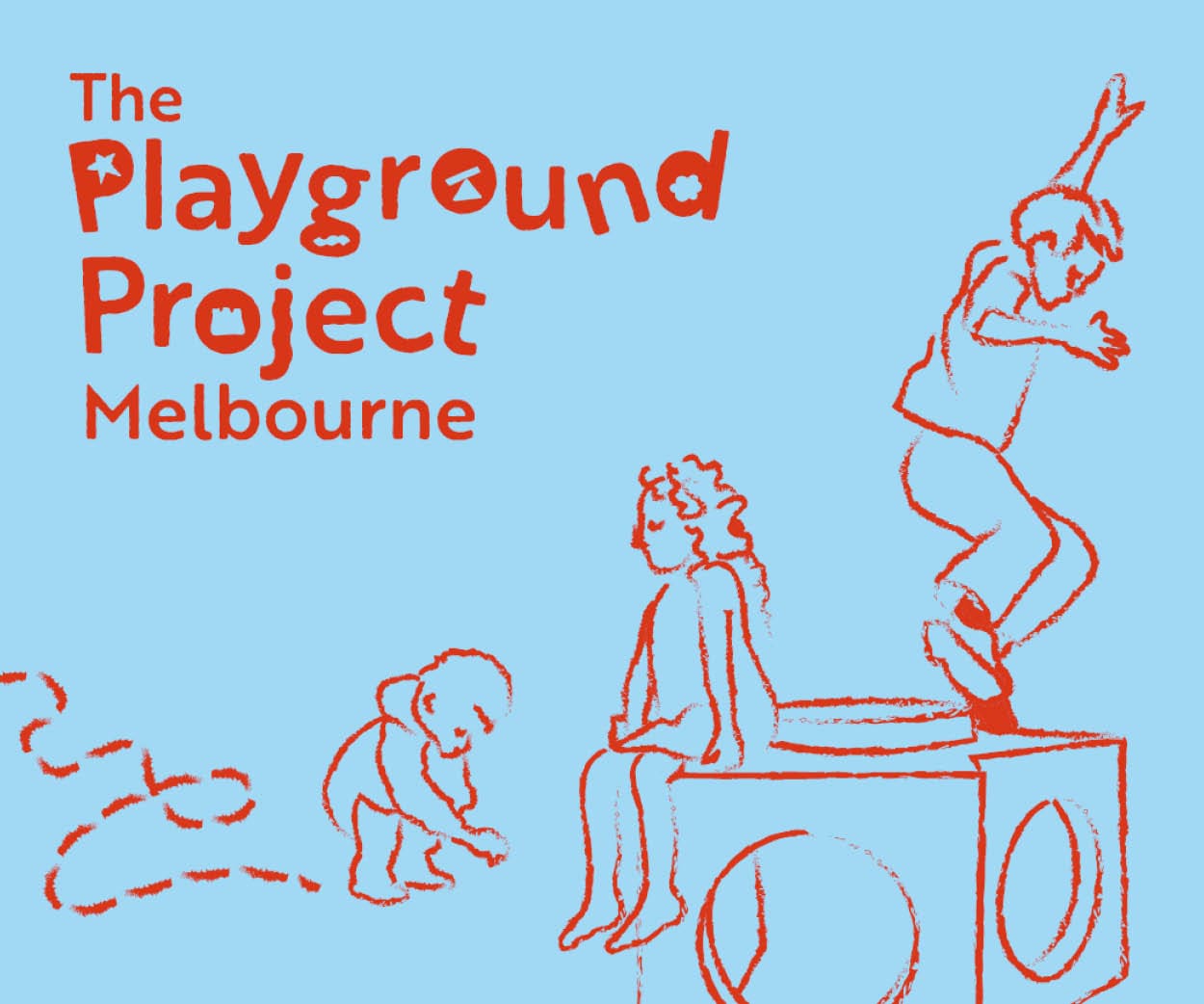Look behind the Archibald paintings in ‘Archie 100: A Century of the Archibald Prize’
Suggested Reading
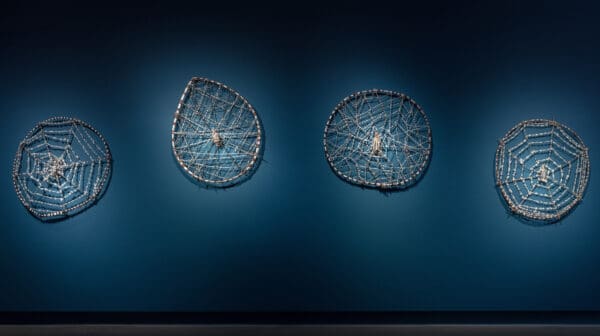
Piercing the veil
A new exhibition at Buxton Contemporary finds a rich complexity in the shadowy terrain between life and death.
Claire G. Coleman
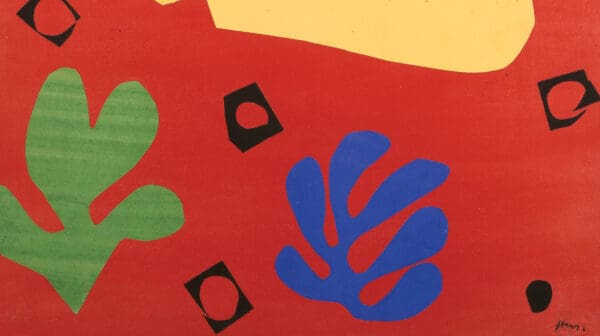
Conversation across continents
In Cézanne to Giacometti: Highlights from Museum Berggruen / Neue Nationalgalerie currently showing at the National Gallery of Australia, viewers are invited to share a journey through the history of modern art from across the globe.
Courtney Kidd
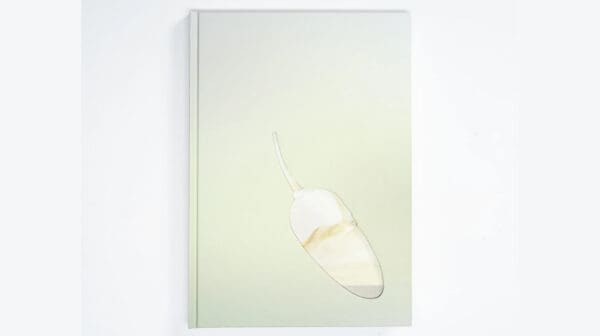
Shelf Portraits: Yhonnie Scarce’s artwork and research in print
In our ongoing series, Shelf Portraits, Art Guide writers recommend the books—recently published or deserving of more attention—that shed new light on an idea that has long simmered in the art world or has helped them see a familiar medium in a different light.
Jane O'Sullivan
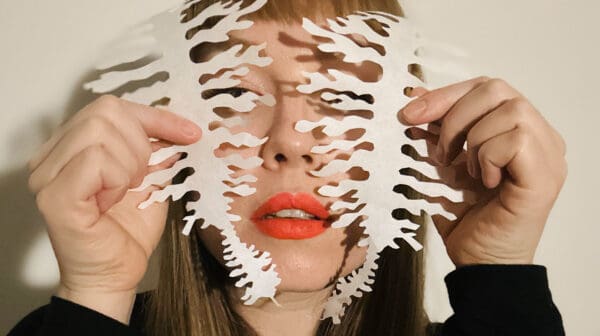
Elysha Rei’s windows into history
Elysha Rei’s exhibition Shirozato to Shinju (White Sugar and Pearls) at Umbrella Studio Contemporary Arts, Townsville QLD, explores the interconnected histories of the Japanese diaspora in Australia.
Gok-Lim Finch
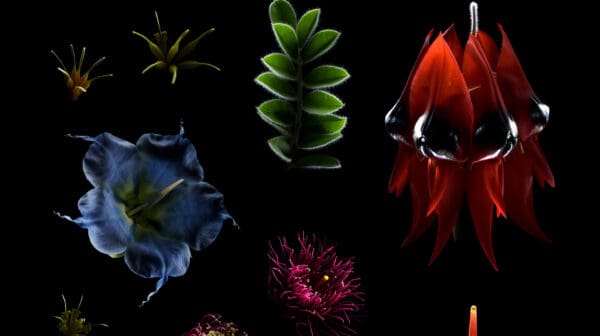
Cosmic connections with Man&Wah
With an approach to artmaking drawn from the “fieldwork of life”, twin brothers and artistic collaborators Man&Wah, who are now showing at 4A Centre for Contemporary Asian Art, use plant migration to explore duality and movement.
Cher Tan
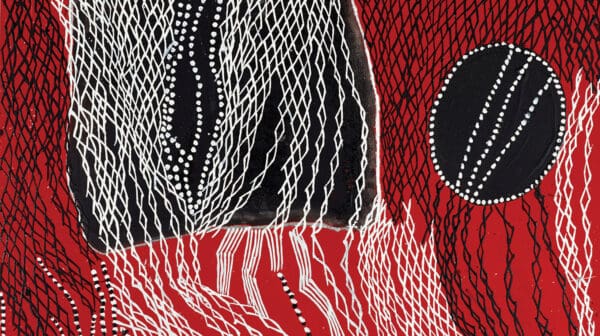
Written in the stars
A major exhibition charts the ingenuity and creative spirit coming out of the Yirrkala community across time. In collaboration with Buku-Larrŋgay Mulka Art Centre,Yolŋu Power: the art of Yirrkala is now showing at the Art Gallery of New South Wales.
Tyson Frigo
Sign up to our weekly newsletter
You’ll be delivered the latest in art news, features and interviews, plus our ‘Top 5 Exhibitions’, sent straight to your inbox.

